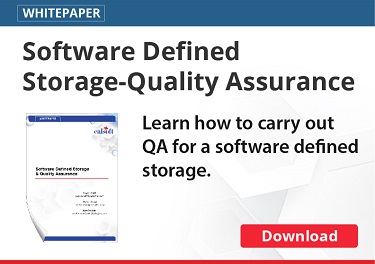Digital computation from number computation to text to rich media computation in the computing era is showing the sign of aging. The next big digital revolution in the current era of computation is trending towards context based computation popularly known as cognitive computing. So, what is cognitive computing? What is its significance and so much of talk about? Cognitive computing is the simulation of human thought processes in a computerized model. It’s a model of redefining the relationship between human and their digital environment, that has the potential of something beyond programmable. Cognitive computing involves self- learning systems that use data mining, natural language processing and pattern recognition to mimic the way human brain works.
Cognitive computing would enable:
- Computers smart and formulative thinking and not just the solution of formulated problems and moreover such smart and formulative thinking will second human thinking
- Human and computers symbiosis in making decisions and controlling complex situations, as the general understanding goes “man with a machine will be powerful than a machine can beat”
- Integrating multiple heterogeneous sources and then synthesizing solution from them
- Learn and change as the system receives new information, new analyses, new users, new interactions, new contexts, etc.
- Discover relevant patterns based on context
- Part of the systems and subsystems contribute to the central learning system
- Leveraging language structure, semantics and their relationships
Who motivates?
One of the biggest motivating factors of cognitive computing is the growth and availability of both structured and unstructured digital information i.e., big data. So, a new computing model is the need of the hour for business to process those data and not only make real benefit out of it but also enhance the human expertise. The other motivating factors are Internet of Things (IoT) and Cloud computing. Cognitive computing systems are trained using Artificial intelligence and machine learning algorithms to sense, predict, infer and also think in some ways.
Cognitive Solutions
There few cognitive solutions available today in the market. IBM Watson http://www.ibm.com/watson/) is a well-known cognitive solution that supports various cognitive workloads. Volume is a leading IBM Watson ecosystem partner working with commercially developed cognitive applications. Microsoft recently lunched series of cognitive apps (https://www.microsoft.com/cognitive-services/). Infosys is coming up with its cognitive platform name Mana . A company called sparkcognition (http://sparkcognition.com/) is world’s first cognitive security analytics company and there are few more.
Real world Applications
Cognitive computing is being applied in almost all spheres of services including healthcare, retail, travel, financial services etc. For example, in travel cognitive applications can eliminate the process of surfing tens or hundreds of websites, customer review sites, travel aggregators why trying to plan for next trip. In healthcare, cognitive computing can transform the healthcare industry being reactive to a more proactive, cost effective and a holistic approach to wellness.
Future of Cognitive Computing
Future of cognitive computing seems to be really bright while writing this blog. Cognitive computing has already gained a strong foothold in most of the developed nations. There are already many startups (Oncology cloud, Flatiron Helth, Lumiata, Enlitic and many more) started delving into this area including tech giants like IBM, Microsoft. A research predicted only healthcare cognitive computing market is expected to reach nearly USD 5 Billion by 2022. So, there is a huge opportunity of gaining knowledge and expertise in cognitive computing that are going to add business values.
To know more email: marketing@calsoftinc.com
Santosh Patnaik | Calsoft Inc.







